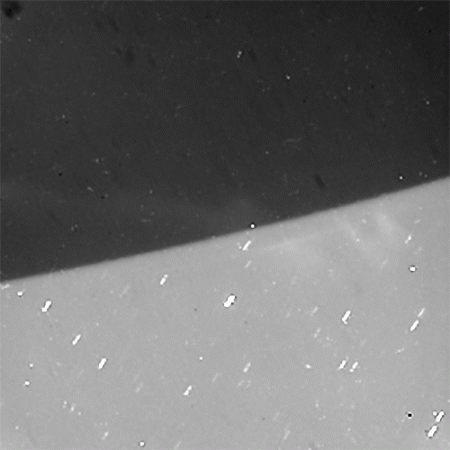
NASA's Cassini spacecraft, which is exploring the ringed planet Saturn, lately investigated the planet's southern hemisphere and discovered auroras in the gaseous atmosphere.
ALSO READ: Scientists spot a mysterious object beyond Neptune [VIDEO]
The glittering phenomenon is also referred to as Saturn's southern lights and is just like the ones found on Earth. Auroras are formed by the collision of charged particles in the planet's atmosphere, said a NASA statement.
The solar wind originating from the Sun is the source of these charged particles. A black and white video of these Saturn's auroras was captured in visible light on July 20.

"Some of the stars seem to make a slight turn to the right just before disappearing," NASA officials said, as quoted in a statement.
ALSO READ: NASA develops new technology to detect corona discharge; here are top things to know
"This effect is due to refraction — the starlight gets bent as it passes through the atmosphere, which acts as a lens. Some of the stars seem to make a slight turn to the right just before disappearing. Random bright specks and streaks appearing from frame to frame are due to charged particles and cosmic rays hitting the camera detector," they added.
Auroras were spotted on Saturn before too. Pioneer 11 probe had discovered the phenomenon, which were analysed by Cassini, Hubble Space Telescope and Voyager probes, as per NASA.
Cassini is in the final phase of the Grand Finale mission. The mission will end on September 15 by plunging into Saturn's atmosphere.














